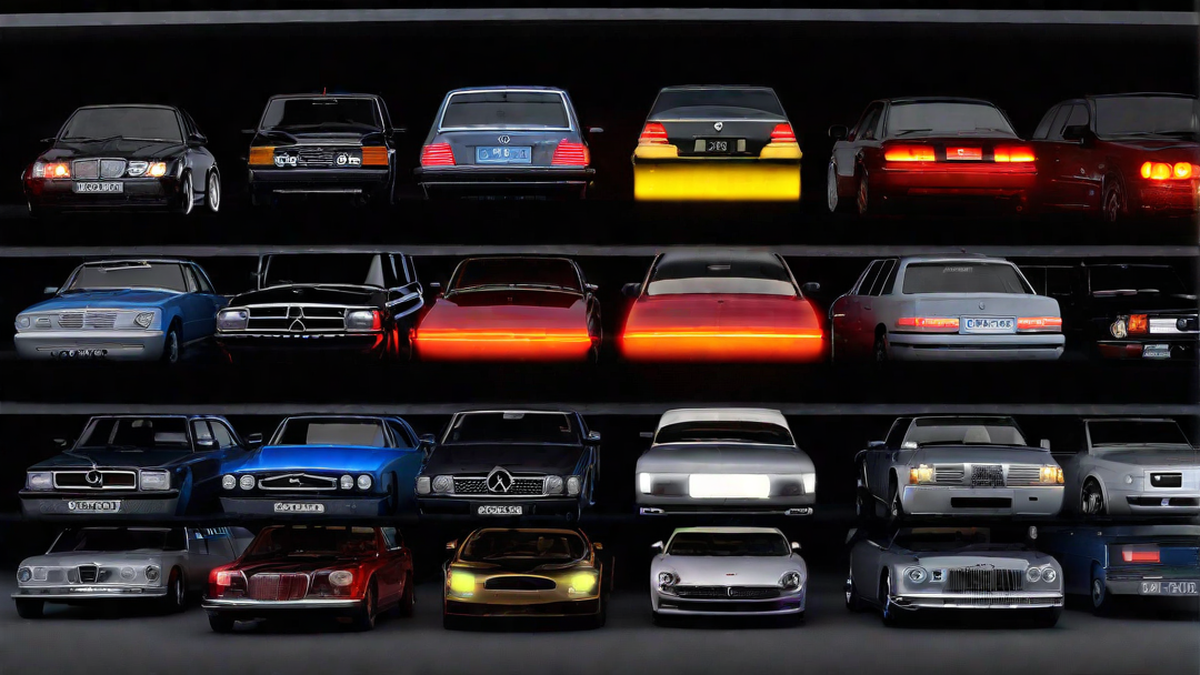Daytime running lights (DRLs) have become a standard feature on most modern vehicles, but have you ever wondered when they first made their appearance? As a running sports enthusiast and car lover, I’ve delved into the history of DRLs to uncover their origins and evolution.
The Early Days of Daytime Running Lights
Daytime running lights were first introduced in Scandinavia in the mid-1970s as a safety measure to combat the region’s long, dark winters. The Swedish Road Administration mandated the use of DRLs to improve visibility on the road, especially during the reduced daylight hours of the winter season. This early adoption of DRLs set the stage for their eventual widespread use around the world.
Global Adoption and Regulatory Standards
Following the successful implementation of DRLs in Scandinavian countries, other regions began to take notice of their potential safety benefits. By the 1990s, countries such as Canada and Norway had made DRLs a mandatory feature on all new vehicles. In 2011, the European Union followed suit, requiring all new types of motor vehicles to be equipped with DRLs.
Evolution of DRL Technology
With advancements in automotive technology, DRLs have evolved from simple filament-based lights to more energy-efficient and durable options. LED (Light Emitting Diode) DRLs have become increasingly popular due to their longevity and low power consumption, contributing to overall vehicle efficiency. Some modern vehicles even incorporate adaptive DRLs that adjust their intensity and angle based on ambient lighting conditions and vehicle speed.
The Impact on Road Safety
The introduction of DRLs has had a significant impact on road safety. Studies have shown that the use of DRLs can reduce the risk of daytime collisions, especially for pedestrians and cyclists who are more visible to drivers with DRL-equipped vehicles. As a runner who often hits the road in the early morning or late evening, I appreciate the added visibility that DRLs provide, making my runs safer.
Conclusion
Daytime running lights have come a long way since their inception in the 1970s, evolving from a regional safety measure to a global standard in vehicle lighting. The continuous development of DRL technology underscores the automotive industry’s commitment to enhancing safety on the road. As a running enthusiast and advocate for road safety, I am grateful for the positive impact that DRLs have had, and I look forward to further innovations in this essential aspect of vehicle safety.

